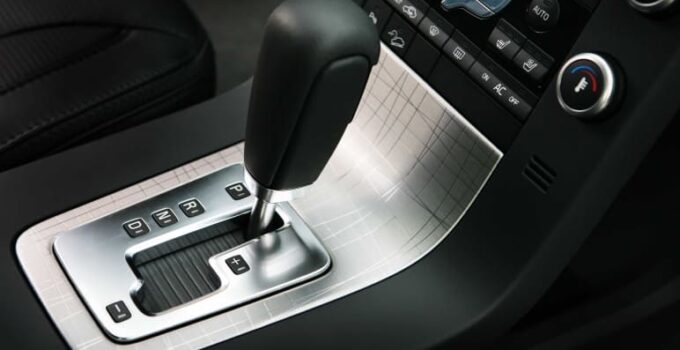
The CVT stands for Continuously variable transmission. It's sort of an automatic transmission. It ensures stepless adjustment of the gear ratio and it also has no fixed position. It therefore automatically coordinates the speed of the crankshaft with the engine load. The gearbox was also developed by the Dutch company DAF and was originally called Variomatic.
Nowadays, however, several variants of the CVT are installed in vehicles from Dodge, Jeep, Mitsubishi, Fiat, as well as Peugeot, Mini, Opel and other car brands. However, continuously variable transmissions have their own name for most manufacturers.
The most popular variators:
- Autotronic (Mercedes-Benz);
- Lineartronic (Subaru);
- Durashift CVT and Ecotronic (Ford);
- Multimatic (Honda);
- Multidrive (Toyota);
- Xtronic and Hyper (Nissan);
- Multitronic (Audi).
Types of variators
- V-belt;
- Toroid
- Chain.
The working principle of the variators

The most widespread variator of modern vehicles is the V-belt, the principle of operation of which is based on changing the working diameter of the elements. In the construction of V-belt variators, conical pulleys consisting of two parts are used. The distance between the cones of each pulley and the diameter is adjusted automatically using a servomechanism and depends on the RPM of the engine and the speed of the vehicle. A V-belt is used to transmit the drive torque between two pulleys. In chain variators, a wide link chain is used instead of bands.
The toroidal variators also have a complicated construction and are rarely used nowadays.
The advantages of the CVT Installation
- It constantly controls the gear ratio;
- It improves acceleration dynamics;
- It prevents jerking when changing the gear ratio;
- It saves fuel.
